Home>Articles>How To Decorate Living Room And Dining Room Combo
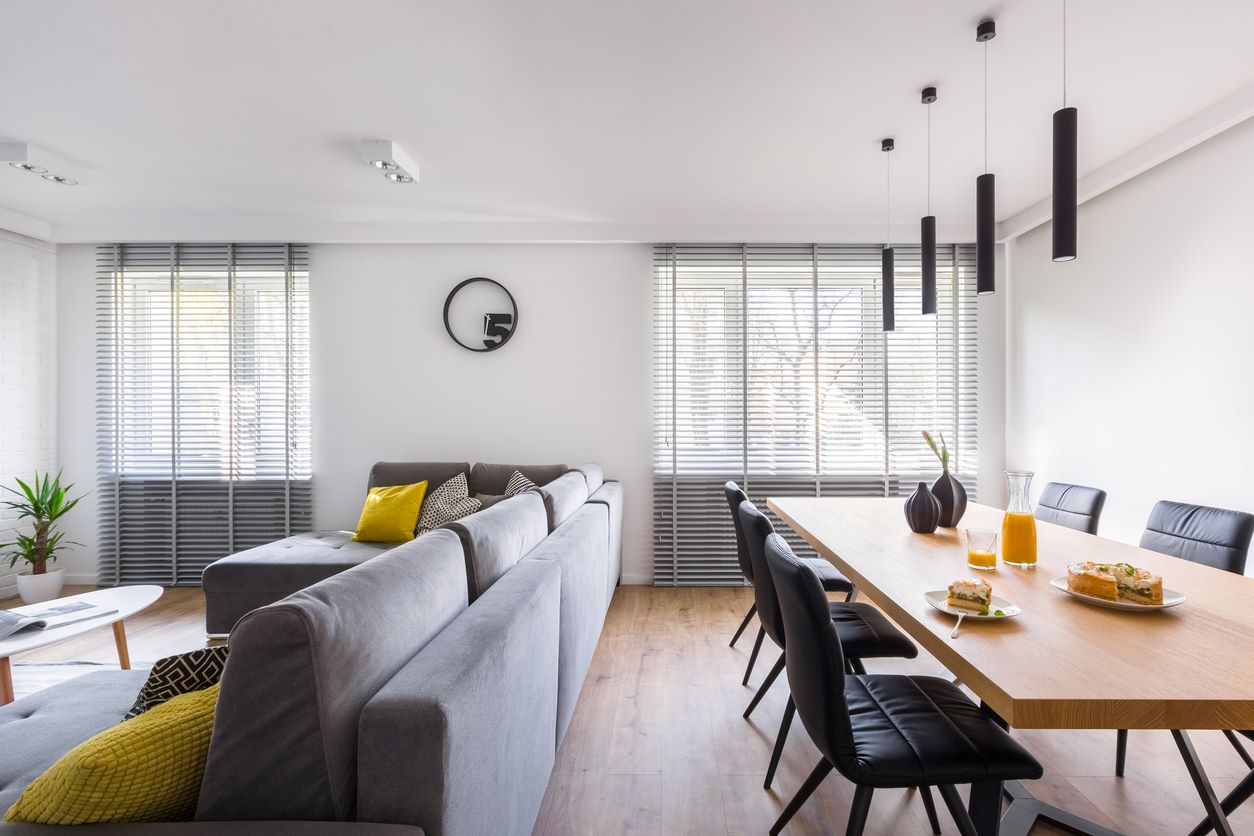

Articles
How To Decorate Living Room And Dining Room Combo
Modified: December 7, 2023
Discover articles on how to decorate your living room dining room combo for a stylish and functional space. Get expert tips and inspiration to create the perfect balance and harmony.
(Many of the links in this article redirect to a specific reviewed product. Your purchase of these products through affiliate links helps to generate commission for Storables.com, at no extra cost. Learn more)
Introduction
Decorating a living room dining room combo can be a challenge. This space serves different purposes, which makes it important to create a cohesive design that seamlessly blends both areas. Whether you have a small studio apartment or an open-concept floor plan, there are strategies you can employ to make the most of this versatile space.
When designing a living room dining room combo, it’s essential to consider factors such as the size and layout of the room, the desired functionality of each area, and your personal style preferences. By assessing the space, selecting the right furniture and color scheme, implementing a lighting plan, dividing the space, and arranging furniture strategically, you can create a harmonious and visually appealing living room dining room combo that meets your needs.
In this article, we will explore different tips and techniques to decorate a living room dining room combo effectively. Whether you’re starting from scratch or looking to revamp your existing space, these ideas will help you achieve a balanced and inviting design.
So, let’s dive in and discover how to transform your living room dining room combo into a stylish and functional space that you’ll love spending time in.
Key Takeaways:
- When decorating a living room dining room combo, assess the space, create a cohesive design, and strategically arrange furniture to achieve a harmonious and visually appealing space that meets your needs and reflects your personal style.
- Implement a well-thought-out lighting plan, divide the space effectively, and add decorative elements to elevate the overall aesthetic and create a personalized touch in your living room dining room combo.
Assessing the Space
Before diving into the decorating process, it’s important to assess the space to understand its limitations and potential. Start by measuring the dimensions of the room, noting any architectural features or focal points, and identifying the available natural light sources. This information will guide your furniture selection, layout, and overall design.
Consider the flow of the space and how people will move between the living and dining areas. If there are any obstacles or obstructions, such as doors or windows, take them into account when planning your layout.
It is also crucial to consider the purpose and functionality of each area. Determine how you want to utilize the living room and the dining room. Will the living room serve as a cozy entertainment space, while the dining room is used primarily for meals? Or do you envision a more versatile space, where both areas can accommodate various activities?
Furthermore, take note of any design challenges or unique aspects of the space. For example, if the room has low ceilings, you may need to incorporate vertical elements to create an illusion of height. Likewise, if the room lacks windows or natural light, you can focus on selecting light-colored furniture and incorporating lighting fixtures strategically to brighten up the space.
By thoroughly assessing the space, you will have a clear understanding of its limitations and can start planning for design solutions that maximize its potential.
Creating a Cohesive Design
When decorating a living room dining room combo, it’s crucial to create a cohesive design that seamlessly blends both areas together. This will ensure that the space looks visually appealing and harmonious.
Start by establishing a unifying theme or style that will tie the living and dining areas together. Whether you prefer a modern, traditional, eclectic, or minimalist aesthetic, choose elements that can be carried throughout both spaces.
One effective way to create cohesion is through color coordination. Select a color scheme that works well for both the living and dining areas. Consider using a neutral color as a base, such as white, beige, or gray, and then add pops of color through accessories, artwork, or accent furniture.
In addition to color, consider incorporating similar design elements and materials. For example, if your living room features a wooden coffee table, consider incorporating wood accents in the dining area, such as wooden chairs or a dining table with a wood finish. This will establish a visual connection between the two spaces.
Another way to create a cohesive design is by using consistent patterns and textures. If you have patterned curtains or upholstery in the living room, consider selecting complementary patterns or textures in the dining area. This will create a sense of harmony and balance throughout the space.
Remember to strike a balance between unity and variety. While it’s important to create cohesion, adding some variety and individuality will help each area maintain its distinct character. This can be achieved through different textiles, artwork, or decorative accessories that reflect your personal style.
By creating a cohesive design, you can transform your living room dining room combo into a visually pleasing and well-integrated space that reflects your personal taste and style.
Selecting Furniture
The furniture you choose for your living room dining room combo plays a key role in both the functionality and aesthetics of the space. When selecting furniture, consider the size and layout of the room, as well as your specific needs and preferences.
Start by determining the focal points in each area. In the living room, it might be a television or a fireplace, while in the dining room, it could be a statement dining table or a buffet. Arrange the furniture around these focal points to create a visually pleasing and balanced layout.
Opt for multi-functional furniture pieces that serve dual purposes in both the living and dining areas. For example, a storage ottoman can provide extra seating in the living room and also serve as a place for guests to place drinks or snacks when used as a coffee table in the dining area. This helps maximize space and functionality.
Consider the scale and proportion of the furniture in relation to the size of the room. Avoid oversized furniture pieces that can overwhelm the space and make it feel cramped. Instead, opt for furniture with clean lines and a streamlined design to create a more spacious and open feel.
In terms of seating, choose chairs and sofas that are comfortable and versatile. Opt for chairs that can easily transition between the dining table and the living room seating area. Adjustable height tables can provide flexibility, allowing you to use them for both dining and as a workspace or buffet surface when needed.
When it comes to storage, consider furniture pieces that offer hidden storage compartments, such as sideboards, console tables, or storage ottomans. This will help keep the space organized and clutter-free.
Lastly, don’t forget about the importance of quality and durability. Invest in furniture pieces that are well-made and designed to withstand daily use. This will ensure that your living room dining room combo remains functional and aesthetically pleasing for years to come.
By carefully selecting furniture that suits the size, layout, and needs of your living room dining room combo, you can create a comfortable and stylish space that serves both areas effectively.
Choosing a Color Scheme
The color scheme you choose for your living room dining room combo can greatly impact the overall look and feel of the space. By selecting the right colors, you can create a visually pleasing and harmonious environment that ties both areas together.
Start by considering the mood and atmosphere you want to create. Warm colors like red, orange, and yellow can add energy and vibrancy to the space, making it feel cozy and inviting. On the other hand, cool colors like blue, green, and purple can create a calm and serene ambiance.
Another approach is to use a neutral color as a base and add pops of color as accents. Neutral colors such as white, beige, gray, or even a soft pastel hue can create a versatile backdrop that allows you to incorporate different accent colors as needed. This gives you the flexibility to change the look and feel of the space over time.
Consider the natural lighting in the room when selecting your color scheme. If the space receives a lot of natural light, you can opt for darker or bolder colors without making the room feel too overwhelming. Conversely, if the room lacks natural light, lighter and brighter colors can help create an illusion of brightness and openness.
Another idea is to choose a color palette based on complementary or analogous colors. Complementary colors are opposite each other on the color wheel, such as blue and orange or red and green. Using these colors together can create a dynamic and visually striking look. Analogous colors, on the other hand, are adjacent to each other on the color wheel, such as blue and green or yellow and orange. Using analogous colors can create a more harmonious and cohesive look.
Remember to consider the furniture and accessories you have or plan to incorporate into the space when selecting your color scheme. Ensure the colors you choose complement the existing or desired furnishings, creating a cohesive and visually appealing design.
Lastly, don’t be afraid to experiment with different color combinations and test them out by using paint swatches or creating a mood board. This will help you visualize how the colors will work together before committing to a specific scheme.
By carefully selecting a color scheme that aligns with your desired mood, natural lighting, and existing furniture, you can create a visually pleasing and cohesive living room dining room combo that reflects your personal style.
Implementing a Lighting Plan
The lighting in your living room dining room combo plays a crucial role in creating the desired ambiance and functionality of the space. Proper lighting can enhance the overall aesthetic and make the room feel more inviting and comfortable. Here are some tips for implementing a lighting plan that works well for both areas:
First and foremost, consider the natural lighting in the room. Take note of the placement and size of windows, as well as the amount of sunlight the room receives throughout the day. Utilize this natural light to your advantage by arranging furniture in a way that maximizes the light and allows it to flow freely between the living and dining areas.
In areas where natural light is limited, incorporate various types of artificial lighting to brighten the space. Ambient lighting, such as overhead fixtures or recessed lights, can provide general illumination for the entire space. Dimmer switches can be particularly useful in adjusting the intensity of the ambient light based on different occasions or moods.
Task lighting is essential in the dining area, where it is often used for activities such as meal preparation, reading, or working. Install pendant lights or a chandelier above the dining table to provide focused lighting for these tasks. Adjustable lamps or wall-mounted sconces can also be used to provide task lighting in the living room area, particularly around seating areas or reading nooks.
Accent lighting can be used to highlight specific elements in the room, such as artwork, architectural features, or decorative items. This type of lighting adds visual interest and creates a cozy and inviting atmosphere. Consider using spotlights or wall washers to draw attention to these focal points.
When it comes to lighting fixtures, choose ones that match the overall style and aesthetic of the room. Whether you prefer modern and sleek fixtures or prefer more traditional or vintage-inspired designs, select lighting that complements the furniture and overall decor in the space.
Remember to layer the lighting by incorporating a combination of different types of fixtures and light sources. This allows you to create a variety of lighting effects and adapt the space to different activities or moods.
Lastly, consider incorporating smart lighting solutions or timers that allow you to control the lighting remotely or set automated schedules. This provides convenience and flexibility in managing the lighting in your living room dining room combo.
By implementing a well-thought-out lighting plan that includes a mix of ambient, task, and accent lighting, you can create a visually appealing and functional living room dining room combo that is well-lit and inviting.
Use area rugs to define separate living and dining areas within the combo space. This will visually separate the two areas and create a sense of organization and purpose.
Dividing the Space
Dividing the space in your living room dining room combo is important for creating defined areas and maintaining a sense of organization and privacy. While you want the two spaces to flow together seamlessly, it’s essential to establish a visual and physical separation between the living and dining areas. Here are some ideas for dividing the space:
1. Use Furniture Arrangement: Strategically position furniture to create a natural division between the living and dining areas. For example, place a sofa or a bookshelf as a visual barrier between the two spaces. This not only defines each area but also adds functionality and storage options.
2. Install Room Dividers: Room dividers come in various styles and materials, such as sliding panels, wooden screens, or curtains on a track system. These dividers can be easily adjusted or moved as needed. They provide a flexible solution for creating separation while allowing light to pass through.
3. Utilize Rugs and Flooring: Another way to visually divide the space is by using different rugs or flooring materials for each area. For example, use a plush rug under the living room seating area and a different rug or hardwood flooring for the dining space. This helps establish boundaries and adds texture and visual interest to the room.
4. Opt for Shelving or Cabinets: Utilize open or closed shelving units or cabinets to create a partition between the living and dining areas. Not only do these storage solutions add functionality, but they also act as visual dividers. Display decorative items or books on the shelves to add a personalized touch.
5. Consider Half-Walls or Columns: If you’re looking for a more permanent division, consider installing half-walls or columns to separate the living and dining areas. These architectural elements provide a distinctive separation while maintaining an open feel in the room.
6. Incorporate Plants or Greenery: Bring nature indoors and create a visual divide by placing tall potted plants or vertical gardens between the living and dining areas. Plants add a refreshing touch and soften the transition between the two spaces.
Remember, the goal is to create a sense of separation without completely closing off the spaces. By using these techniques to divide the space in your living room dining room combo, you can achieve a balanced and visually pleasing layout that maximizes functionality and aesthetics.
Arranging Furniture
Arranging furniture in your living room dining room combo is crucial for creating a functional and visually appealing layout. By strategically placing furniture pieces, you can define separate areas while maintaining a sense of cohesion. Here are some tips for arranging furniture:
1. Consider the Focal Points: Identify the focal points in each area, such as a fireplace, a television, or a statement piece of furniture. Arrange the seating or dining furniture around these focal points to create a cohesive and balanced layout.
2. Create Zones: Divide the space into distinct zones for the living and dining areas. Arrange the furniture in a way that clearly defines these zones. This can be achieved by using rugs, different lighting levels, or a change in flooring materials.
3. Allow for Circulation: Ensure there is enough space for easy movement and circulation between the furniture pieces and around the room. Avoid overcrowding and leave enough room for people to comfortably navigate through the space.
4. Balance the Furniture Placement: Achieve visual balance by evenly distributing furniture pieces across the room. If you have a large sofa in the living area, balance it out with a proportionate dining table or buffet in the dining area.
5. Consider Traffic Flow: Take into account the flow of movement in the room. Ensure that furniture placement doesn’t obstruct doorways or block the natural path of traffic. Arrange seating areas in a way that allows conversations to flow naturally.
6. Use Multipurpose Furniture: Maximize functionality with multipurpose furniture pieces. Look for dining tables or coffee tables with extensions or drop leaves that can be adjusted based on your needs. Additionally, consider using ottomans or benches that can serve as extra seating or as a coffee table when needed.
7. Don’t Forget Storage: Incorporate furniture pieces with built-in storage options to keep the space organized. Utilize bookshelves, sideboards, or storage ottomans to store items and reduce clutter.
8. Experiment with Symmetry and Asymmetry: Decide whether you prefer a symmetrical or asymmetrical arrangement. Symmetrical arrangements create a formal and balanced look, while asymmetrical arrangements can create a more casual and eclectic vibe. Mix and match furniture sizes and shapes to achieve the desired effect.
9. Scale and Proportion: Consider the size and scale of your furniture in relation to the size of the room. Avoid overwhelming the space with oversized furniture pieces. Instead, choose furniture that is appropriately sized to create a harmonious and comfortable layout.
10. Test Different Layouts: Don’t be afraid to experiment with different furniture layouts. Rearrange the furniture until you find a configuration that works best for your living room dining room combo. Use the room’s dimensions and architectural features as a guide.
By strategically arranging furniture in your living room dining room combo, you can create a functional and visually appealing space that meets your needs and reflects your personal style.
Adding Decorative Elements
Adding decorative elements to your living room dining room combo can elevate the overall aesthetic and create a personalized touch. These elements can enhance the visual appeal of the space and reflect your unique style and preferences. Here are some ideas for incorporating decorative elements:
1. Artwork and Wall Decor: Hang artwork or wall decor that complements the style and color scheme of the room. Consider a gallery wall with a mix of framed photographs, paintings, or wall sculptures. Position these pieces strategically to create a focal point and add visual interest.
2. Mirrors: Mirrors can make a small space appear larger and reflect light, helping to brighten up the room. Choose statement mirrors in interesting shapes or designs and hang them on a prominent wall in either the living or dining area.
3. Plants and Greenery: Bring nature indoors by adding plants and greenery to the living room dining room combo. Place potted plants, fresh cut flowers, or hanging planters throughout the space to add life and freshness. Plants not only add aesthetic value but also improve air quality.
4. Textiles and Soft Furnishings: Incorporate textiles and soft furnishings to add texture and comfort to the space. Consider using throw pillows, blankets, or rugs that complement the color scheme and style of the room. Opt for different materials and patterns to create visual interest.
5. Decorative Lighting Fixtures: Upgrade your lighting fixtures to enhance the overall aesthetic. Chandeliers, pendant lights, or statement floor lamps can act as decorative elements while providing functional lighting. Choose fixtures that align with the style and scale of your living room dining room combo.
6. Tabletop Decor: Style your dining table with attractive tableware, centerpieces, or decorative trays. Consider using candles, vases, or seasonal elements to create a visually appealing and inviting dining space. In the living room, adorn coffee tables or side tables with decorative items such as books, sculptures, or small decorative bowls.
7. Window Treatments: Enhance the windows in your living room dining room combo with stylish window treatments. Choose curtains or blinds that complement the color scheme and provide privacy as well as control over sunlight. Opt for lightweight fabrics that allow natural light to filter through.
8. Personal Touches: Incorporate personal items and mementos that hold sentimental value. Display family photos, travel souvenirs, or artwork created by loved ones to add a personal touch to the space. These items can spark conversations and create a cozy and inviting atmosphere.
Remember that adding decorative elements should be a reflection of your personal taste and style. Experiment with different combinations and arrangements to create a visually appealing and inviting living room dining room combo that feels like home.
Read more: How To Divide A Living Room And Dining Room
Final Touches and Tips
As you near the completion of decorating your living room dining room combo, it’s important to consider the final touches and incorporate these helpful tips to ensure a polished and harmonious space:
1. Edit and Declutter: Take a final look at the room and remove any unnecessary or cluttered items. Keep only the essentials and items that contribute to the overall design. This will help maintain a clean and organized look.
2. Layer Lighting: Enhance the ambiance by layering lighting. Combine different sources such as overhead fixtures, floor lamps, and table lamps to create various lighting levels, allowing you to adjust the mood and atmosphere of the room as needed.
3. Upcycle and Repurpose: Consider repurposing or upcycling existing furniture or decor pieces. A fresh coat of paint or new upholstery can breathe new life into items and give them a unique look that matches your living room dining room combo.
4. Pay Attention to Scale: Ensure that the size and scale of the decor and furniture are proportionate to the room. Oversized or undersized items can disrupt the visual balance and affect the overall aesthetic. Strike a balance by mixing different sizes and shapes for a visually appealing look.
5. Experiment with Textures: Incorporate a variety of textures to add depth and interest to the room. Mix smooth and rough textures, such as a plush rug paired with a wooden coffee table, or a soft velvet sofa against a brick wall. This will create a tactile and visually captivating space.
6. Stay true to your Style: While it’s important to consider design principles and trends, don’t forget to stay true to your personal style and preferences. Inject your personality into the room through decor choices, colors, and accessories.
7. Maintain Coherence: Throughout the process, ensure that the living and dining areas maintain a coherent design aesthetic. Colors, patterns, and materials should blend seamlessly, creating a unified and harmonious space.
8. Test the Layout: Before finalizing the arrangement of furniture and decor, test the layout by walking through the space and considering the functionality and flow. Make adjustments as necessary to optimize space and access.
9. Seek Inspiration: Gather inspiration from interior design magazines, websites, or social media platforms to discover new ideas and techniques. This will help you refine your design vision and create a space that reflects your desired style.
10. Enjoy the Process: Decorating a living room dining room combo should be an enjoyable and creative process. Embrace the journey and have fun experimenting with various elements and combinations.
By implementing these final touches and incorporating these tips, you can add the finishing touches to your living room dining room combo, creating a space that is visually appealing, functional, and reflects your personal style.
Conclusion
Decorating a living room dining room combo can be both challenging and exciting. This versatile space offers endless possibilities for creating a harmonious and visually appealing design that suits your lifestyle and personal style. By assessing the space, selecting furniture, choosing a color scheme, implementing a lighting plan, dividing the space, arranging furniture strategically, adding decorative elements, and incorporating final touches, you can transform your living room dining room combo into a functional and inviting space.
Throughout the process, it’s important to find a balance between unity and variety, creating a cohesive design while adding your unique touch. Consider the size and layout of the room, prioritize functionality and circulation, and always keep your personal style in mind. Experiment with different furniture arrangements, color palettes, and textures to create a space that reflects your personality and preferences.
Remember that decorating is not a one-time task. As your tastes evolve and your needs change, you can always make adjustments and refresh the space. Be open to new ideas and inspirations, and don’t be afraid to adapt and experiment with different elements.
Ultimately, the goal is to create a living room dining room combo that welcomes you and your guests, offers comfort and functionality, and expresses your unique style. Whether you have a small studio apartment or a spacious open-concept layout, these tips and techniques will help you transform your living room dining room combo into a space you can truly enjoy and be proud of.
So go ahead, embrace your creativity, and make your living room dining room combo a reflection of your personality and a place where beautiful memories are made.
Frequently Asked Questions about How To Decorate Living Room And Dining Room Combo
Was this page helpful?
At Storables.com, we guarantee accurate and reliable information. Our content, validated by Expert Board Contributors, is crafted following stringent Editorial Policies. We're committed to providing you with well-researched, expert-backed insights for all your informational needs.
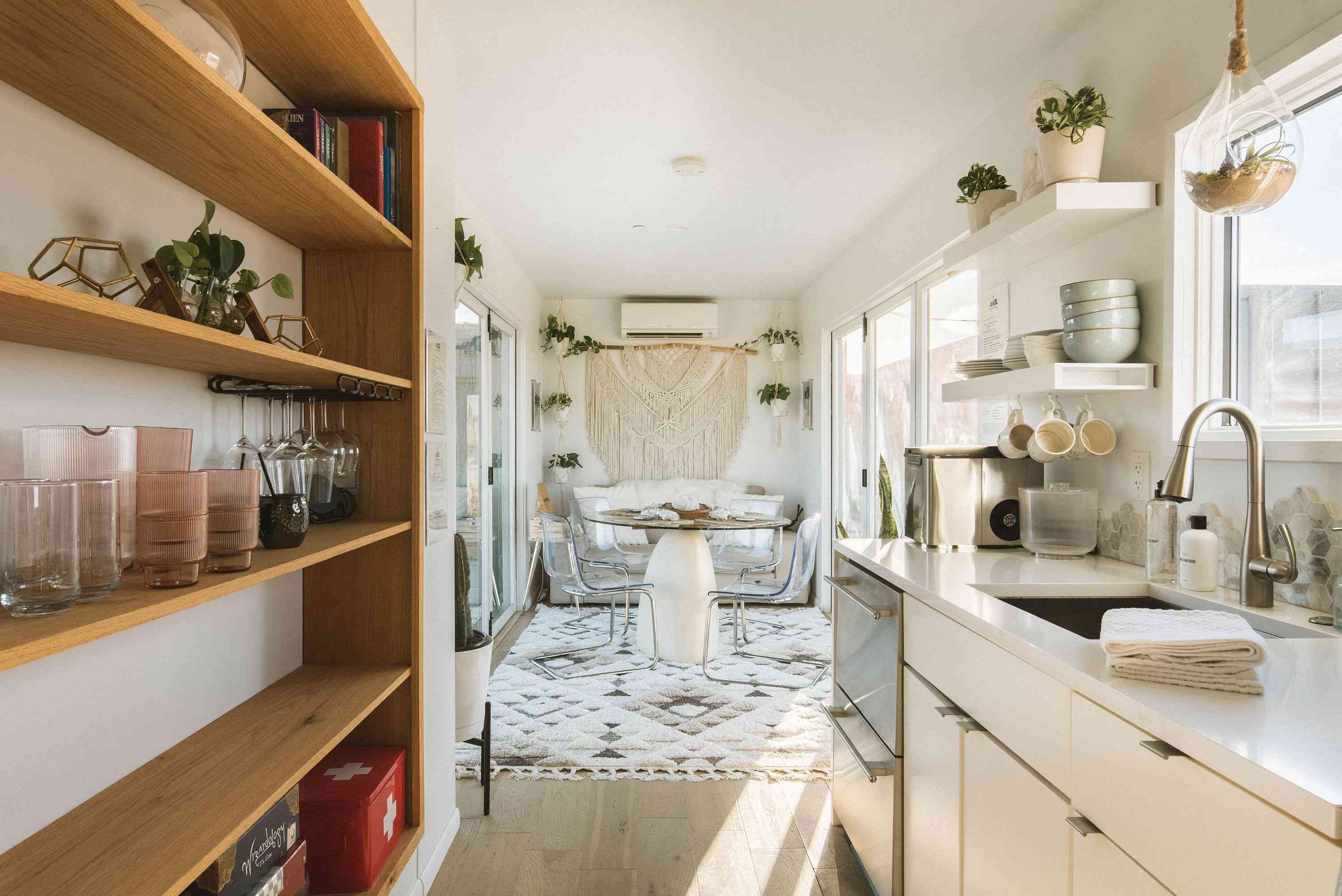
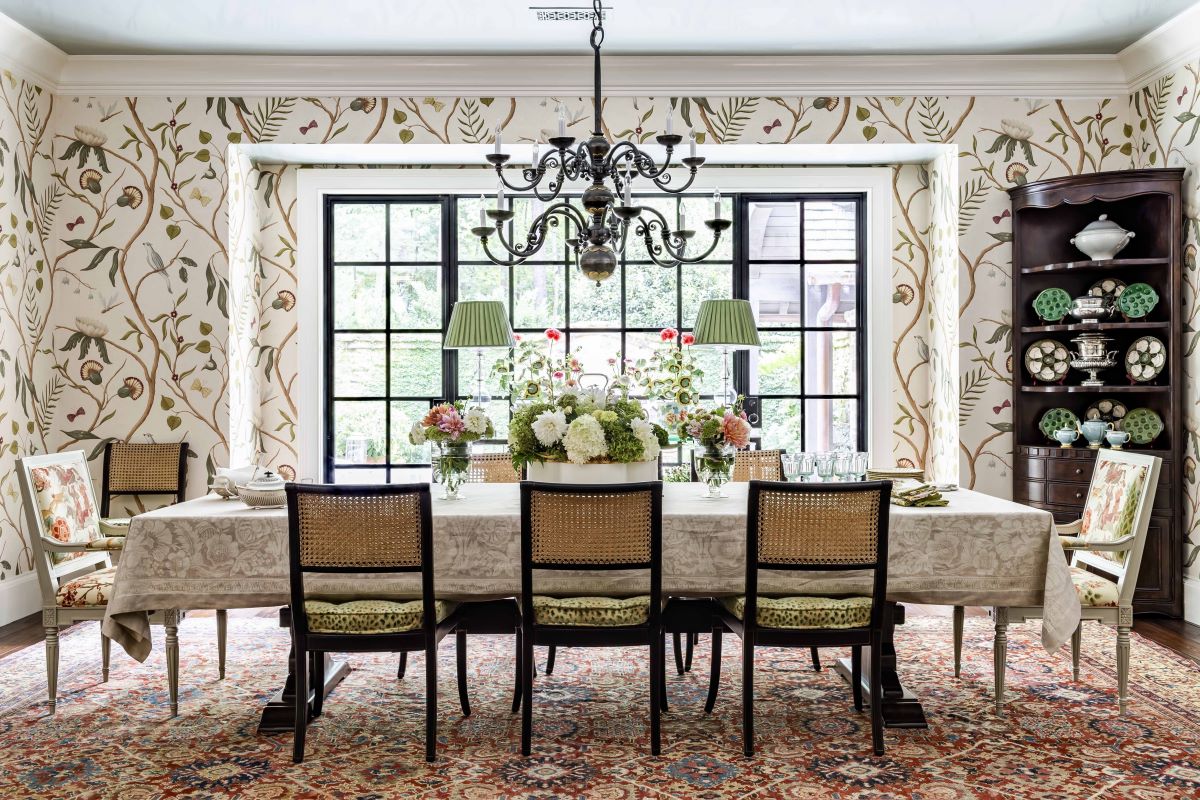
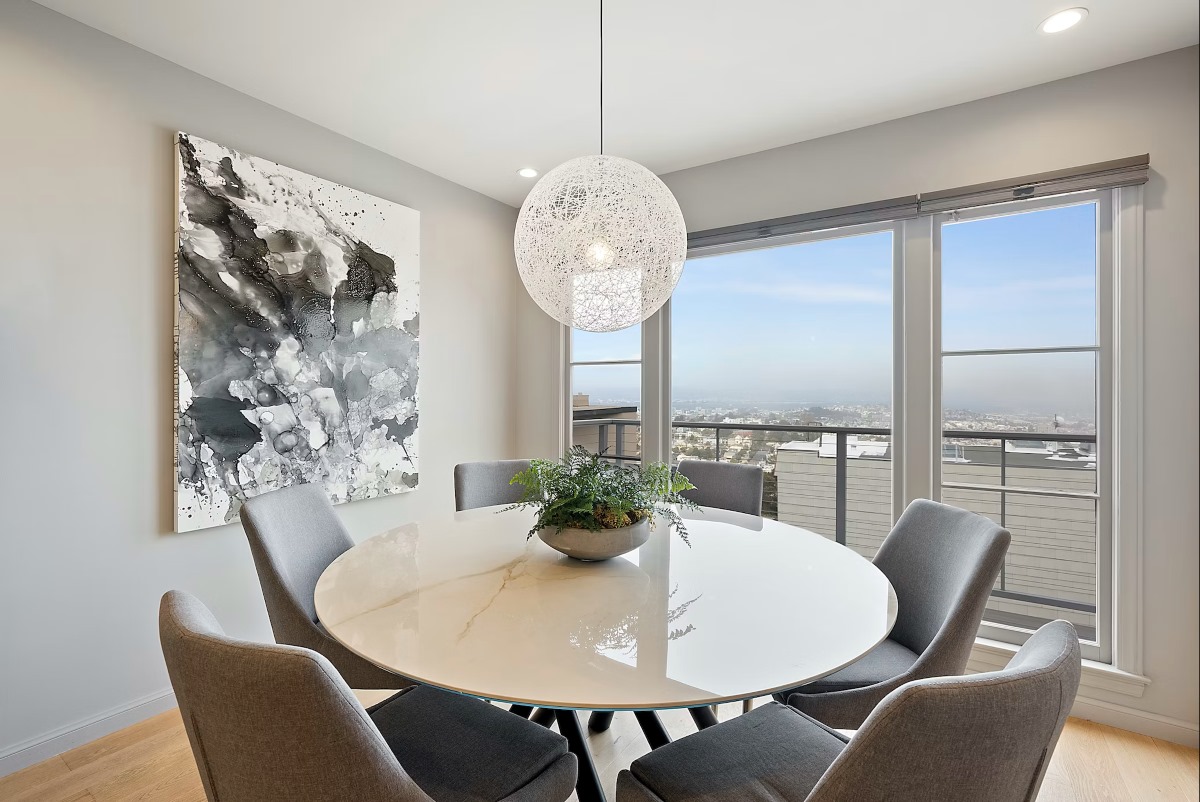
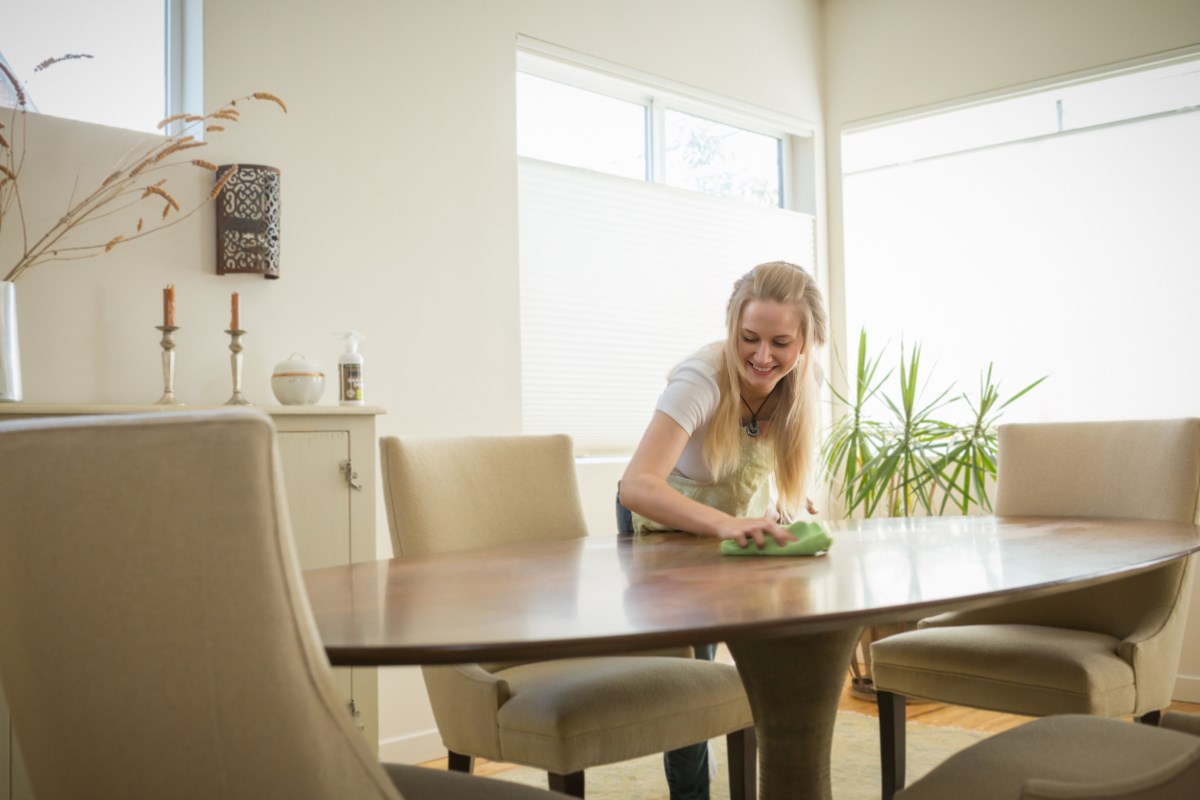
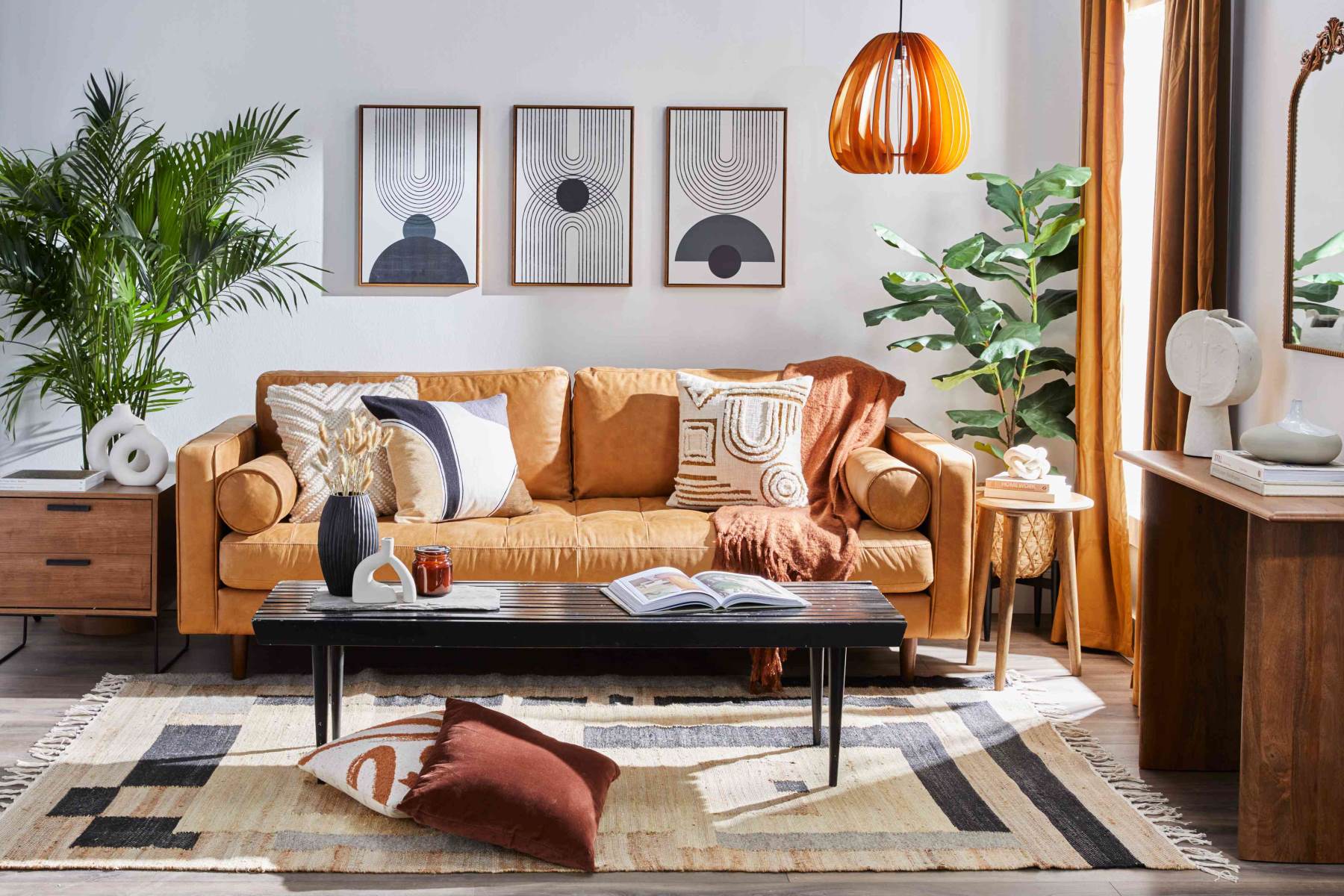
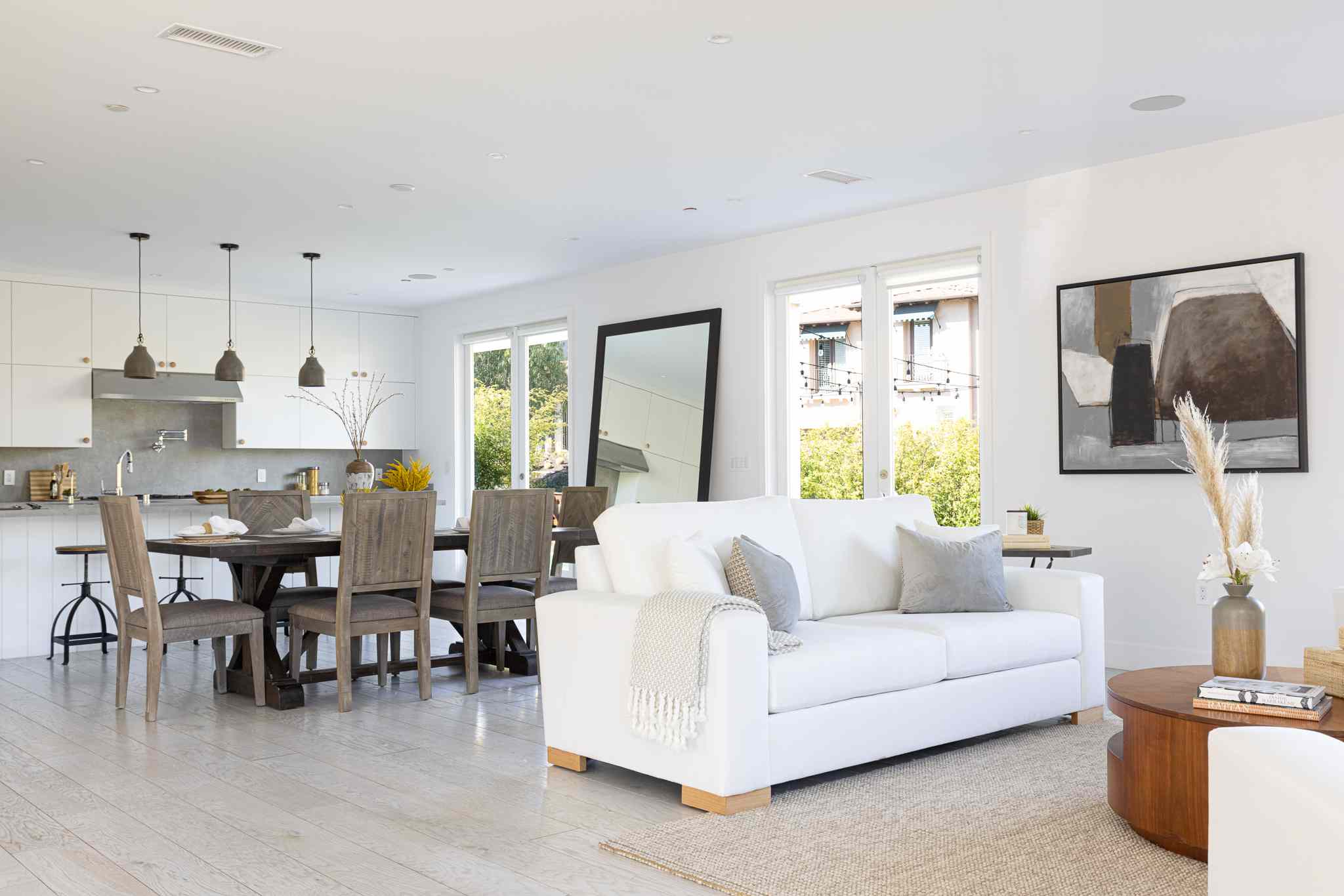
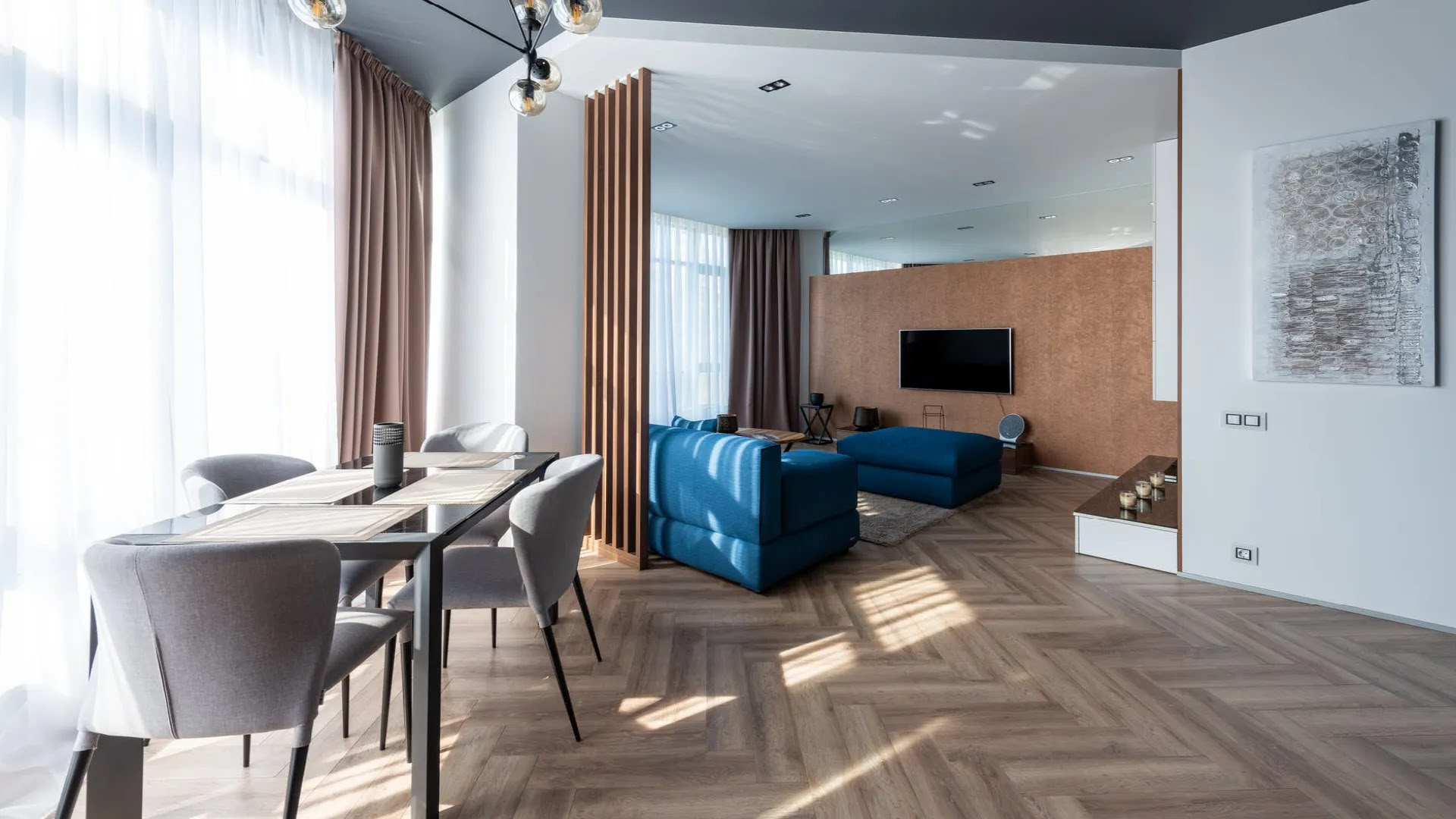
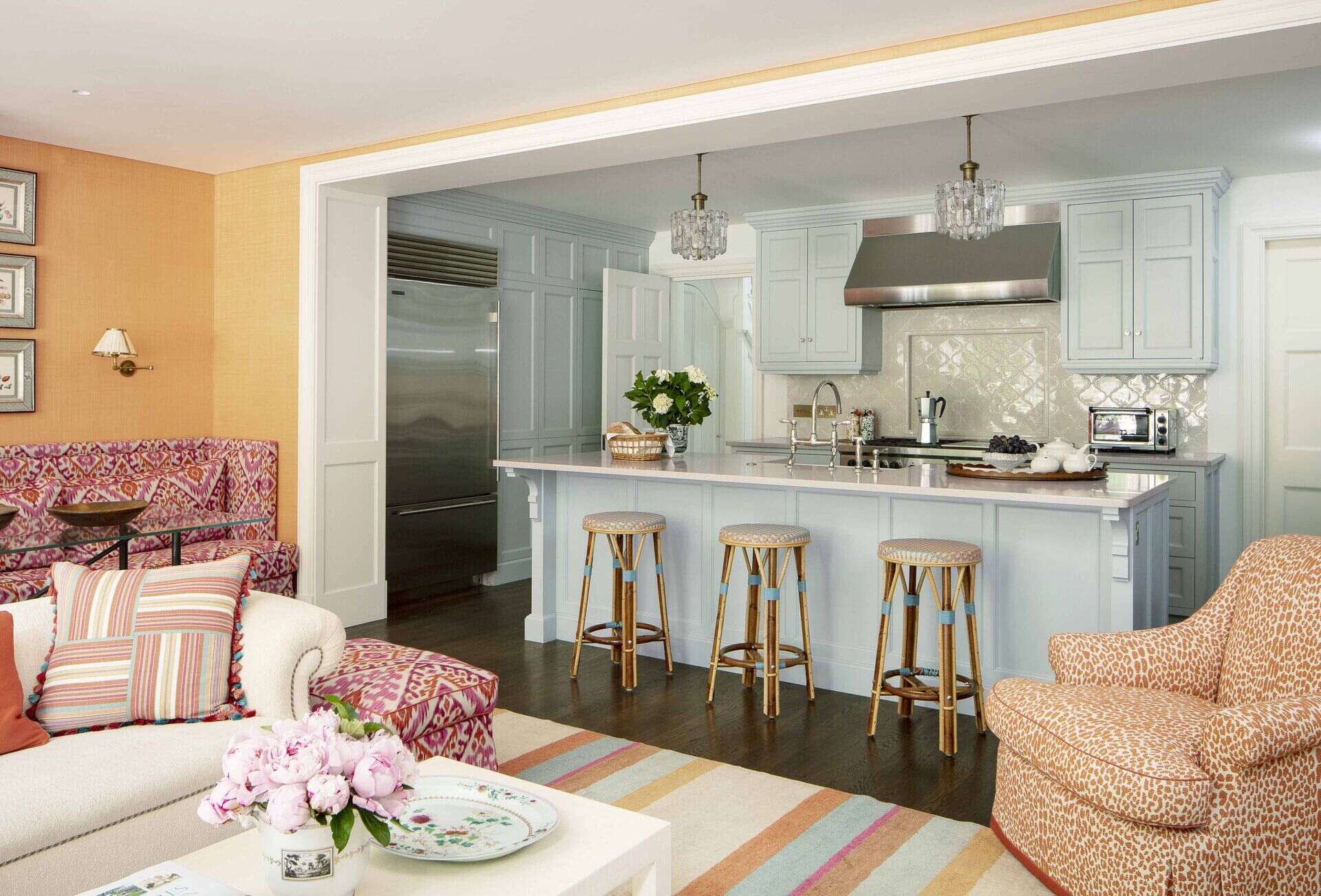
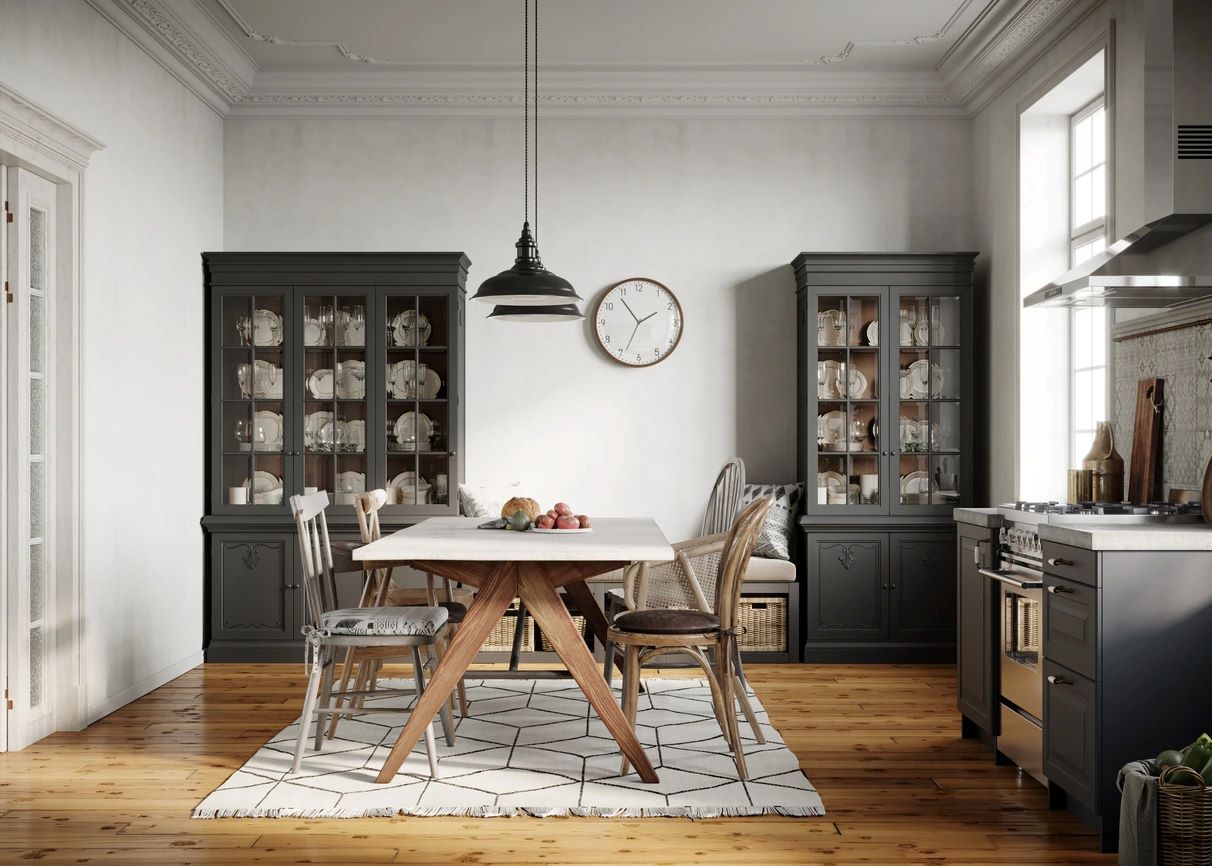
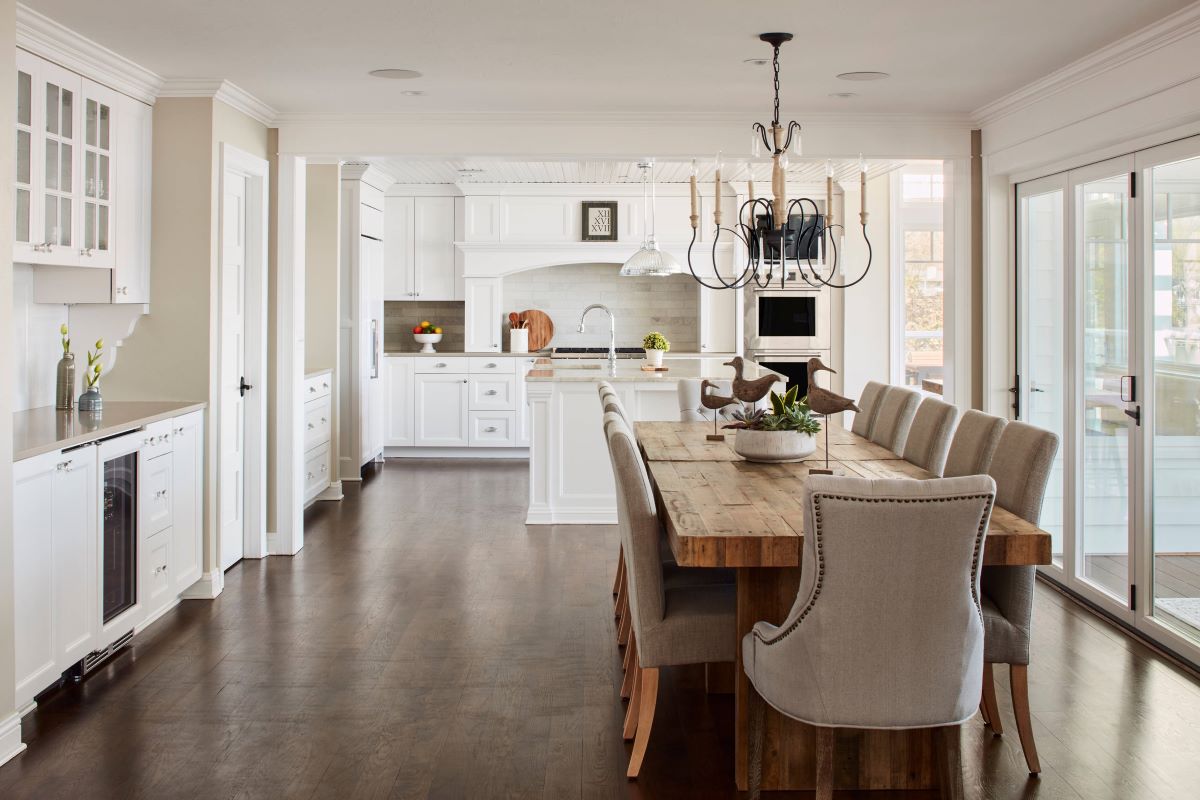
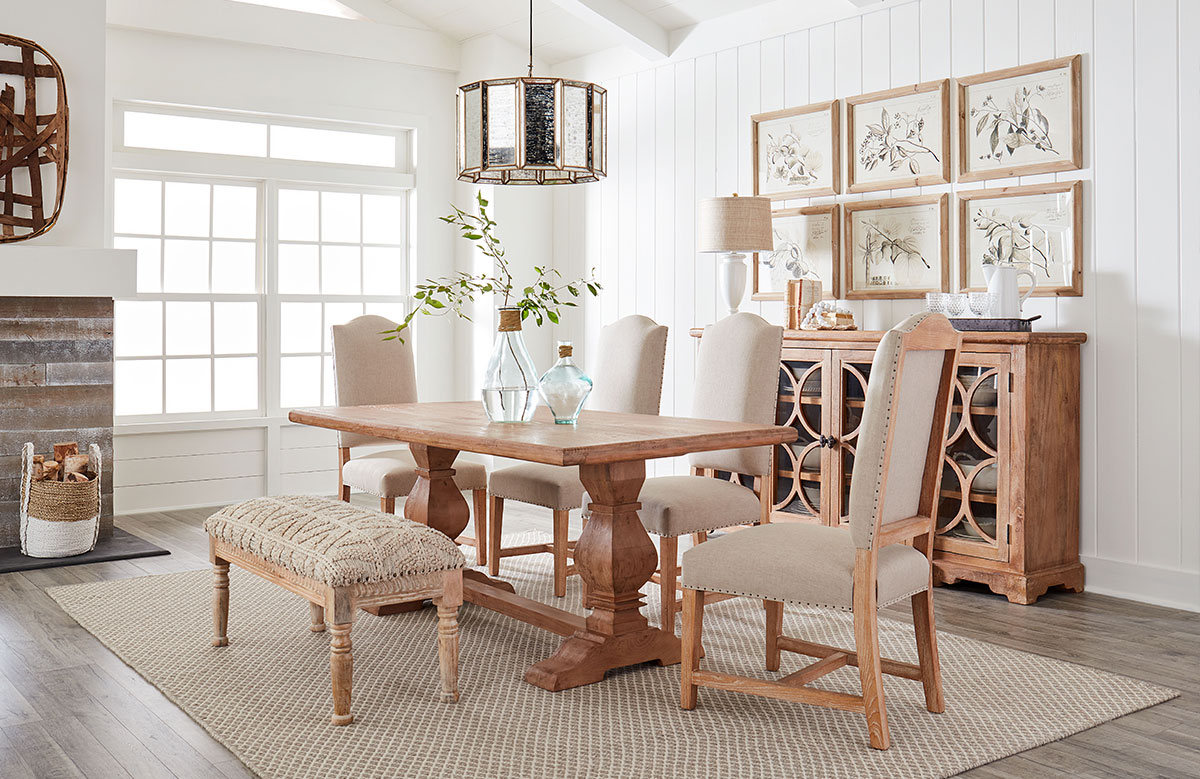
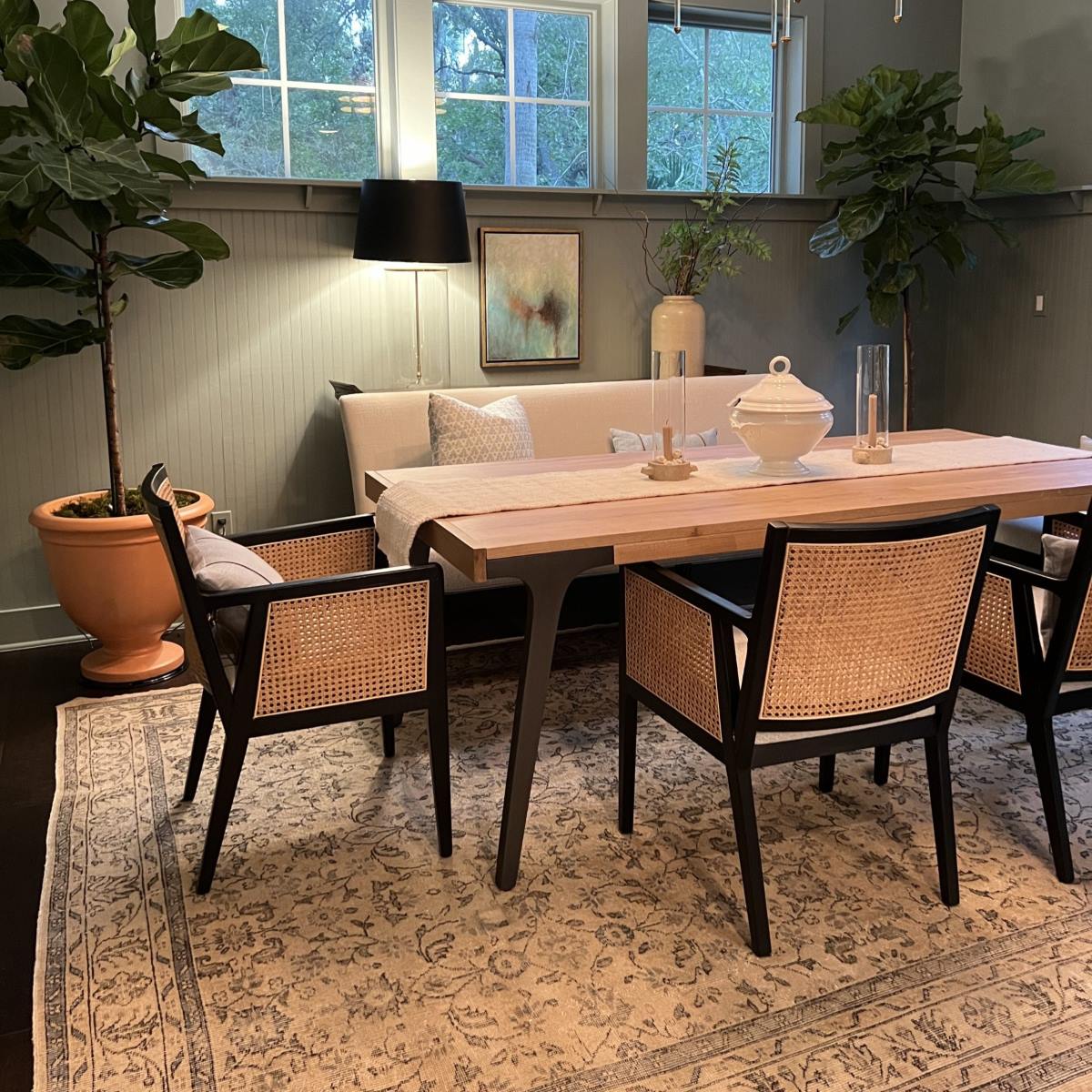
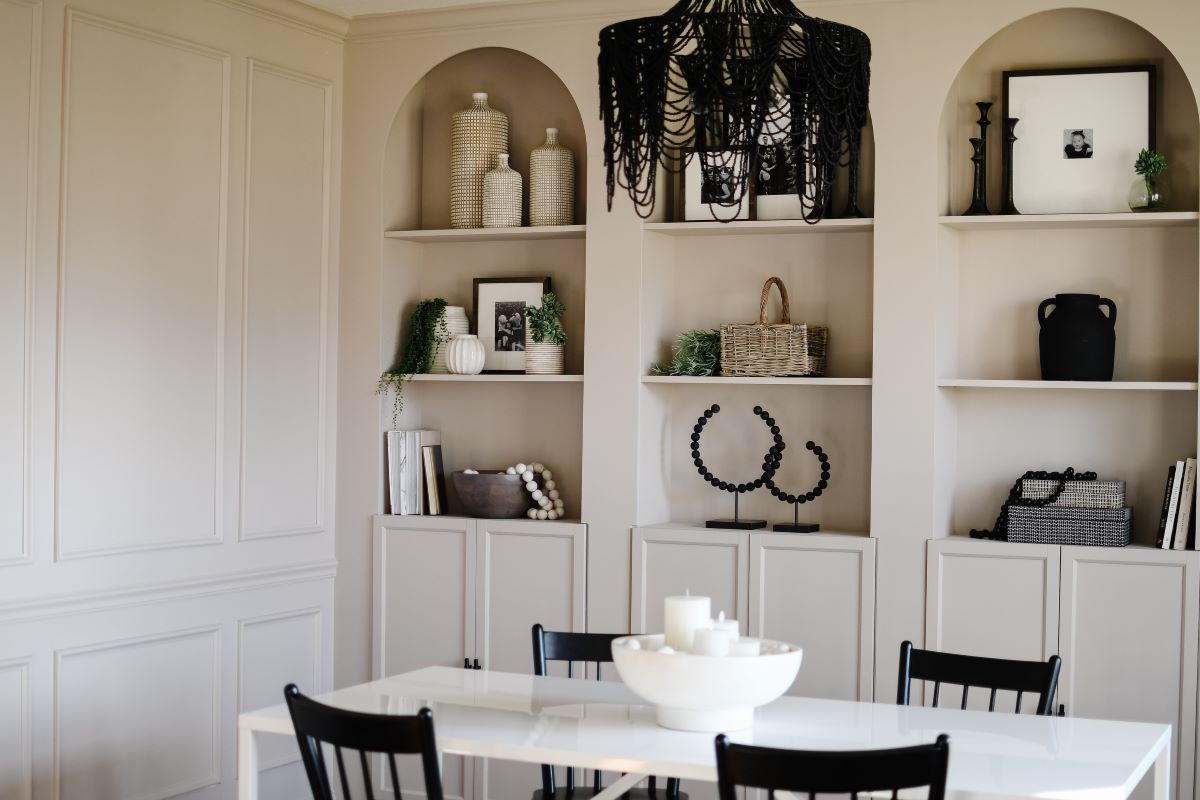

0 thoughts on “How To Decorate Living Room And Dining Room Combo”